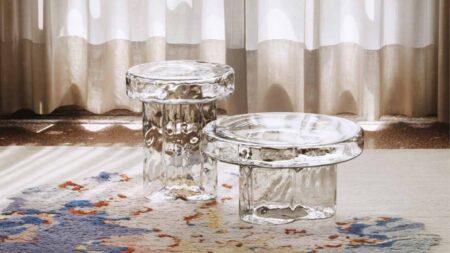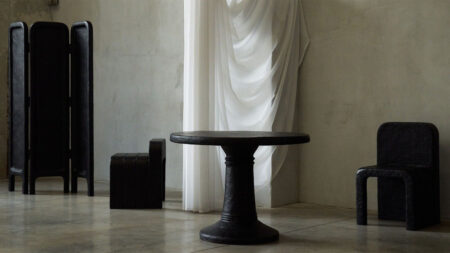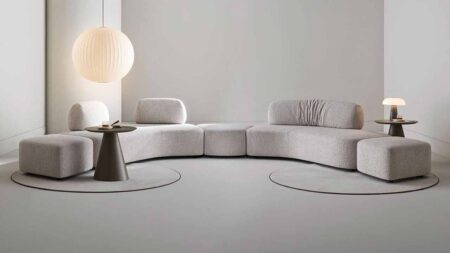There is a popular belief that Styrofoam can’t be recycled or is an extremely difficult process to shape it into a new form. There are multiple reasons cited behind this. But before we look for those reasons we need to know what Styrofoam is.
Understand it to be a kind of expanded polystyrene used especially for making food containers. However, we would like to point out that it is the expanded polystyrene (EPS) foam that is used as single-use plastics and “Styrofoam” is a DuPont registered trademark for a particular type of polystyrene foam used for construction and insulation.
So, now that you are clear with what Styrofoam is, you must be pondering what is the babble about. The answer is weight. Both EPS foam and Styrofoam are light weighted materials. EPS is primarily used for packaging and insulation, where being lightweight works in its favour but that is the exact reason what makes it so difficult to recycle as well.
However, Japanese design studio we+ found out a way to transform these waste material into usable furniture pieces. They introduces a series of furniture pieces dubbed Refoam which includes dark colored tables, stools and benches. The material used to make these furniture pieces is waste Styrofoam that is collected in Tokyo. This collected material is taken to intermediate treatment plants for manufacturing furniture making it a lot more simplified, efficient and environmentally conscious recycling process.
The purpose of this project is to simplify the recycling process which earlier involved the material to be melted into ingots in intermediate treatment plants in Tokyo and its suburbs. These ingots were then exported to Europe and SouthEast Asia. In these countries, they were treated into granules and then into inexpensive recycled plastic products, mainly from China. The amount of transportation between countries was yet another problem.
Also Read: 10 Sustainable Chairs Made From Recycled Ocean Plastic
But with we+ studio coming into the picture, the recycling process is less complex, less time consuming and the material also provides a different value to Styrofoam. The end product is tables and benches that might not be the most beautiful looking furniture but are indeed most environment conscious.
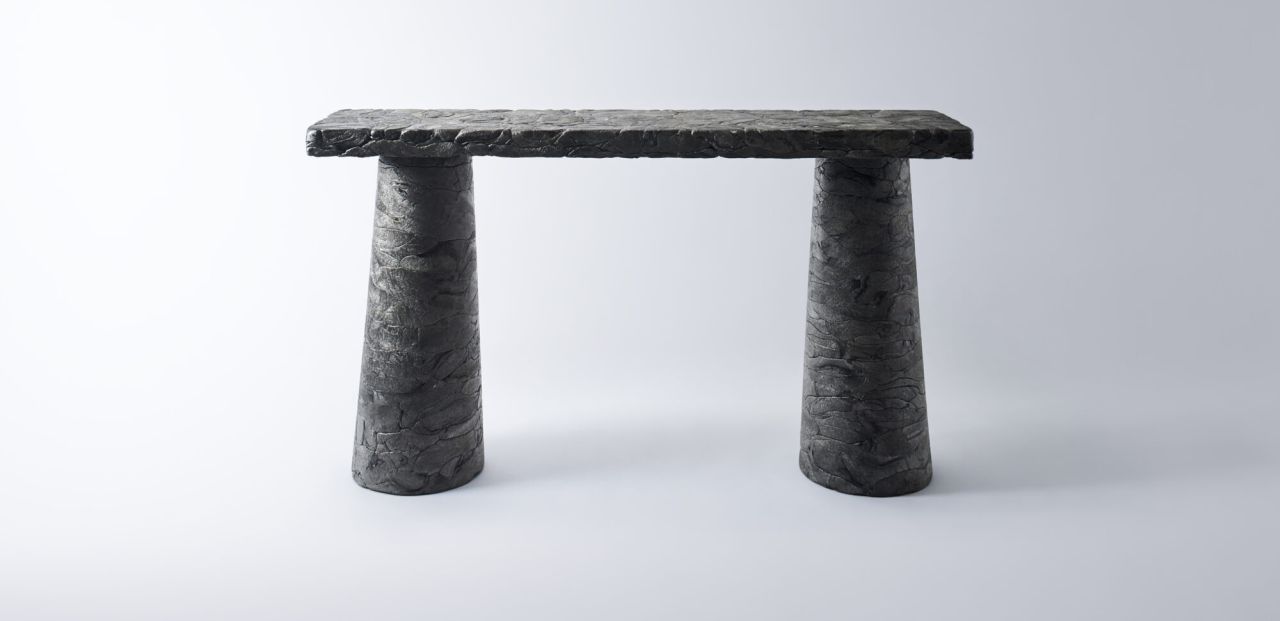
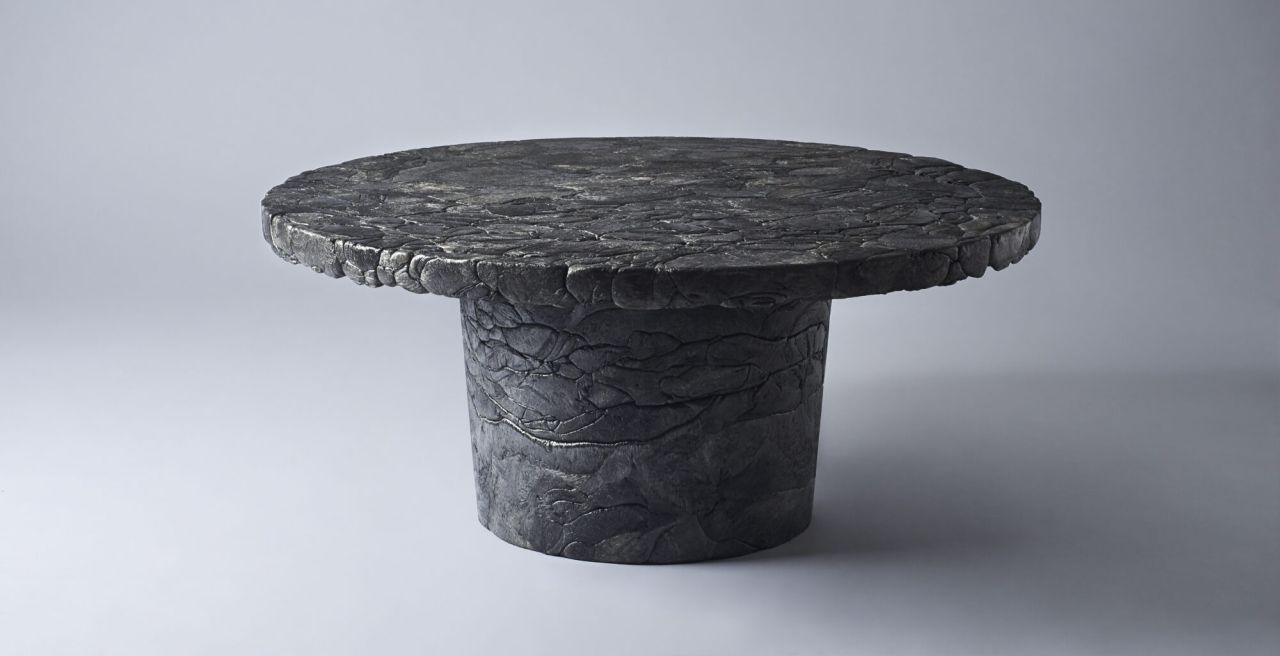
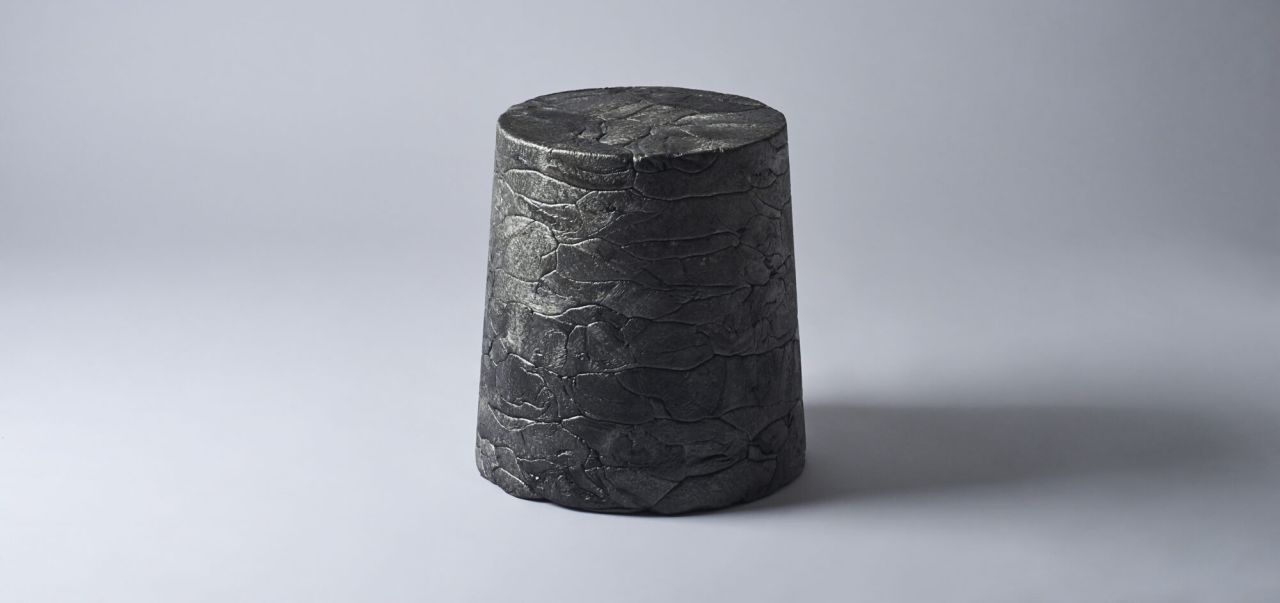
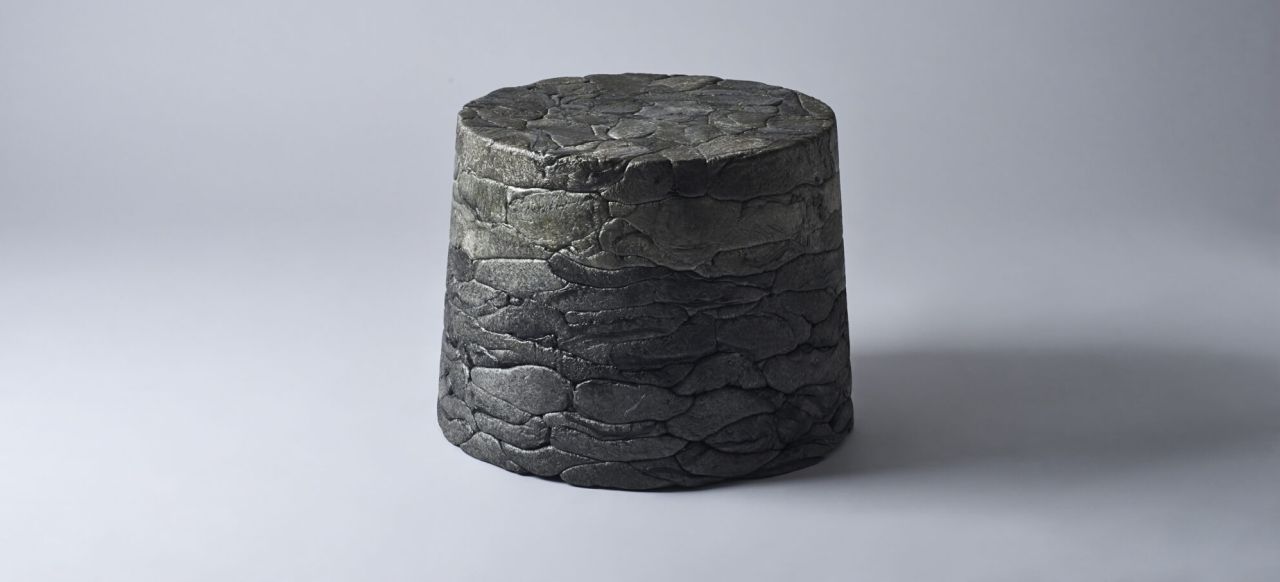
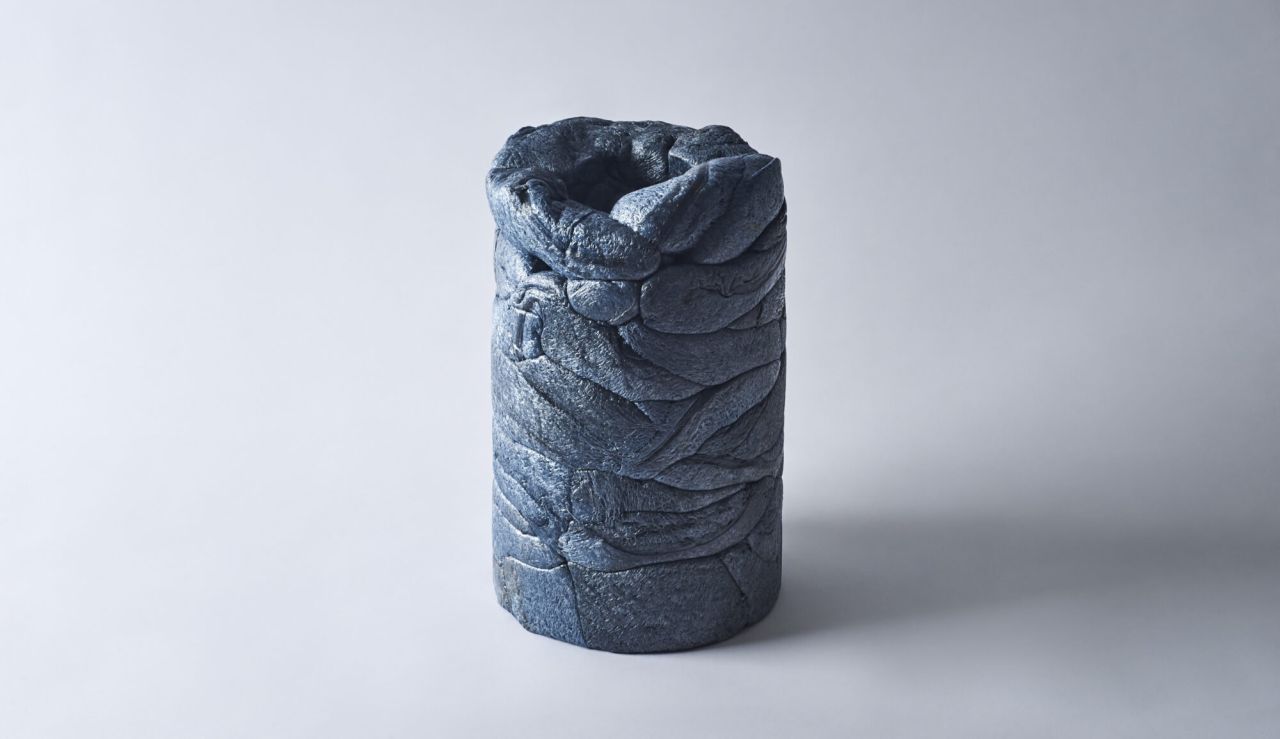
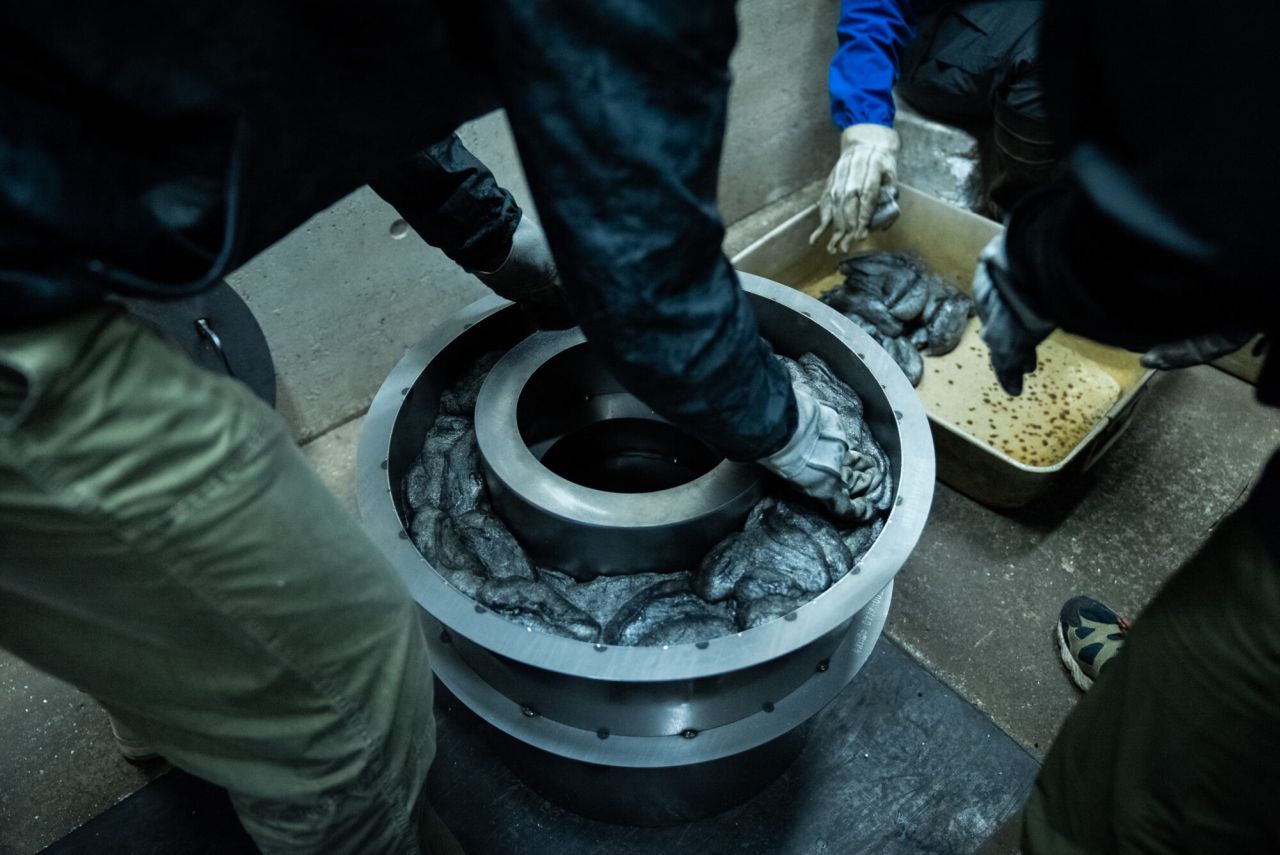
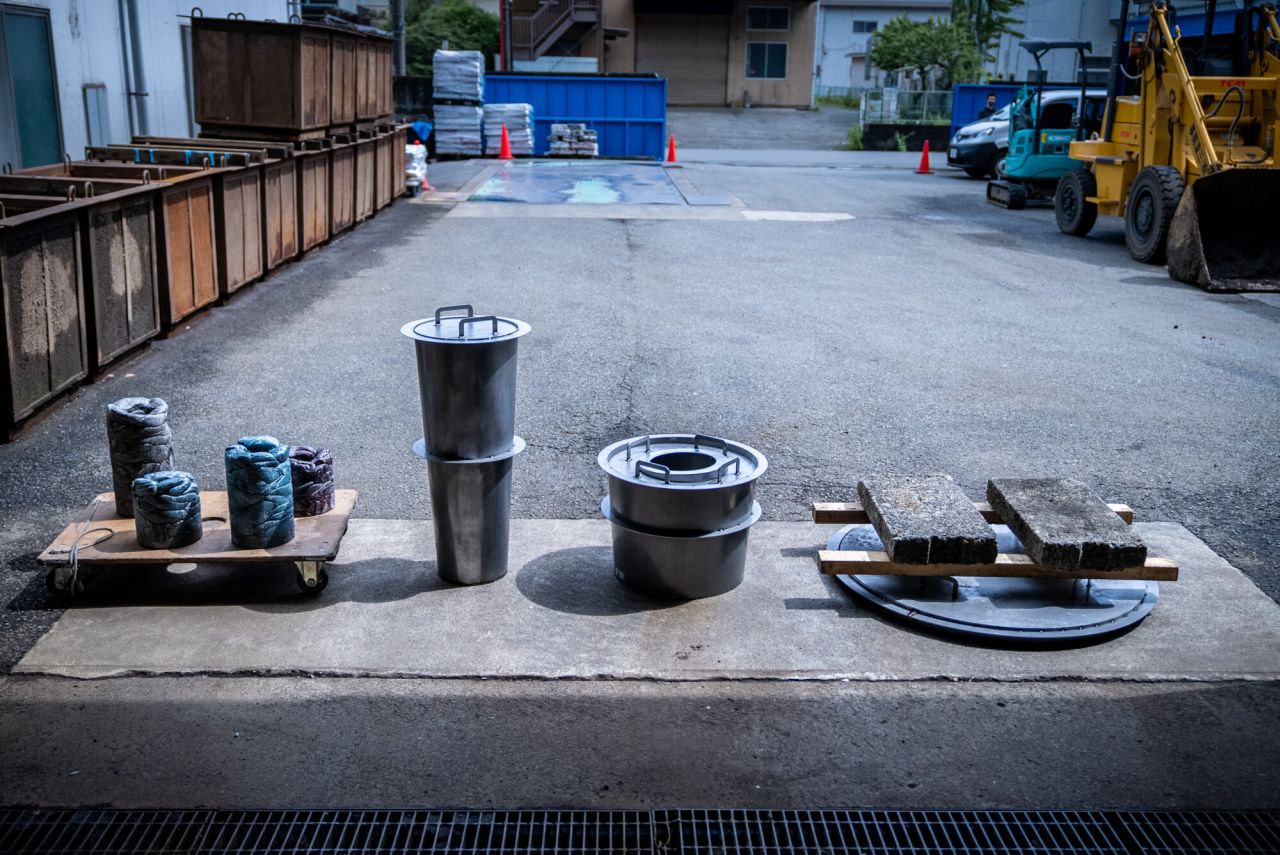
Follow Homecrux on Google News!

